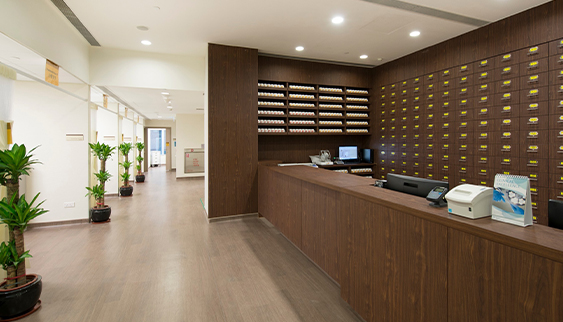vinyl or linoleum flooring
Vinyl vs. Linoleum Flooring Choosing the Right Option for Your Home
When it comes to flooring choices, homeowners often find themselves weighing the benefits of various materials. Two popular contenders in the world of resilient flooring are vinyl and linoleum. Both options offer a unique set of advantages and drawbacks, making them suitable for different environments and personal preferences. This article delves into the characteristics, benefits, and considerations of both flooring types to help you make an informed decision.
Understanding Vinyl Flooring
Vinyl flooring is a synthetic material made primarily from polyvinyl chloride (PVC). It is available in various forms, including sheets, tiles, and planks. One of the primary attractions of vinyl flooring is its durability. It is highly resistant to scratches, stains, and moisture, making it an excellent choice for high-traffic areas and spaces prone to spills, such as kitchens and bathrooms. The ability to withstand heavy foot traffic without showing wear is a significant advantage for families and active households.
Additionally, vinyl flooring comes in a wide array of designs, colors, and patterns. Advanced printing technologies allow manufacturers to create realistic wood and stone visuals, providing aesthetic flexibility without the associated high cost. Moreover, vinyl flooring is generally softer and warmer underfoot than traditional hard surfaces, contributing to comfort and reducing fatigue when standing for extended periods.
Exploring Linoleum Flooring
Linoleum, on the other hand, is a natural flooring material made from linseed oil, cork dust, wood flour, and pigments, all backed by a jute fabric. This eco-friendly option is biodegradable and offers a sustainable choice for environmentally conscious homeowners. Linoleum boasts a classic look and is available in various colors and patterns, though it may not have the same extensive design variety as vinyl.
One of linoleum's notable features is its inherent antimicrobial properties, which help resist bacterial growth, making it a suitable option for kitchens and healthcare settings. Additionally, linoleum has a long lifespan—if properly maintained, it can last up to 40 years or more. The material is also relatively easy to repair; scratches can often be buffed out, and replacement tiles can be seamlessly integrated into the existing floor.
Comparing the Two
vinyl or linoleum flooring

While vinyl and linoleum have distinct characteristics, there are several factors to consider when choosing between them
1. Durability Vinyl outperforms linoleum in terms of durability, especially in moisture-prone areas. It is less susceptible to water damage and typically requires less maintenance.
2. Environmental Impact Linoleum holds the advantage here, being a natural product that is biodegradable and made from renewable resources. For those seeking sustainable options, linoleum may be the more appealing choice.
3. Comfort and Noise Reduction Vinyl flooring often feels softer underfoot compared to linoleum, making it a popular choice for homes where comfort is a priority. Vinyl also tends to absorb sound better, reducing noise levels in living spaces.
4. Installation and Cost Vinyl flooring is usually easier to install, especially peel-and-stick tiles and vinyl planks. In terms of cost, vinyl generally offers a broader price range, often making it a budget-friendly option. Linoleum tends to be slightly more expensive upfront but may provide better longevity in the long run.
5. Maintenance Both materials require regular cleaning; however, vinyl is often easier to maintain because it does not need sealing or waxing like traditional linoleum.
Conclusion
Choosing between vinyl and linoleum flooring ultimately depends on your specific needs, preferences, and lifestyle. If you prioritize durability and a wide range of design options, vinyl might be the better choice. On the other hand, if eco-friendliness and a classic appearance are more important to you, linoleum could be the ideal option. Consider your space, budget, and how the flooring will be used to make the best decision for your home. Whichever you choose, both materials offer reliable and stylish solutions for your flooring needs.
-
modern-interior-solutions-with-durable-pvc-material-skirtingAug.22,2025
-
elevating-outdoor-spaces-with-premium-wood-material-skirtingAug.22,2025
-
Waterproof Advantages of SPC Flooring Vinyl in KitchensAug.06,2025
-
SPC Hybrid Waterproof Flooring Thickness GuideAug.06,2025
-
Leveling Subfloor Before My Floor SPC InstallAug.06,2025
-
How Mesh Deck Skirting Improves Outdoor Pest ControlAug.06,2025




